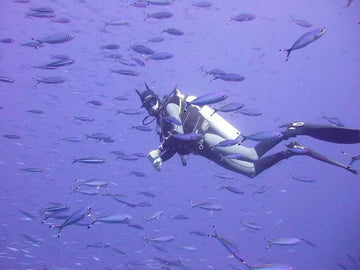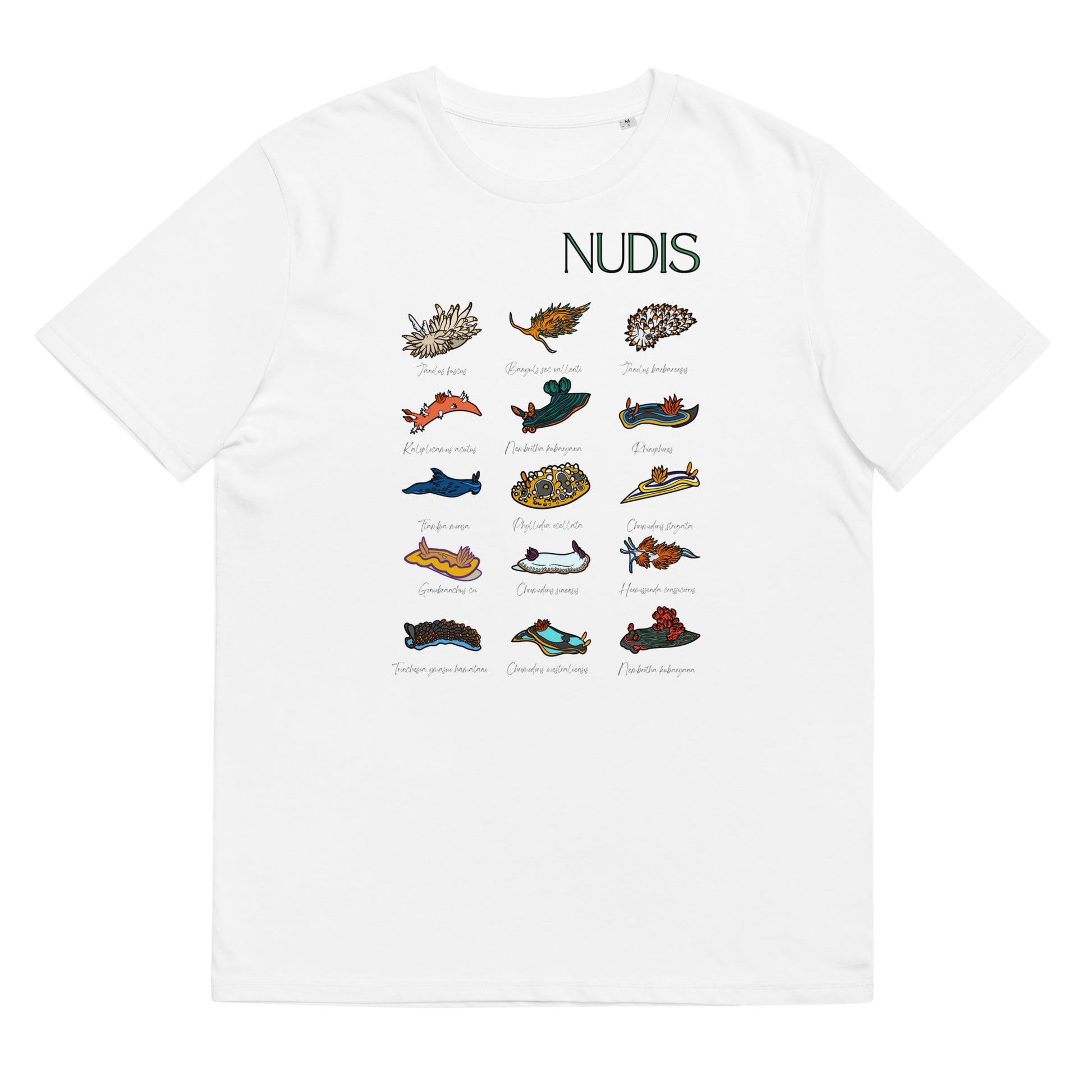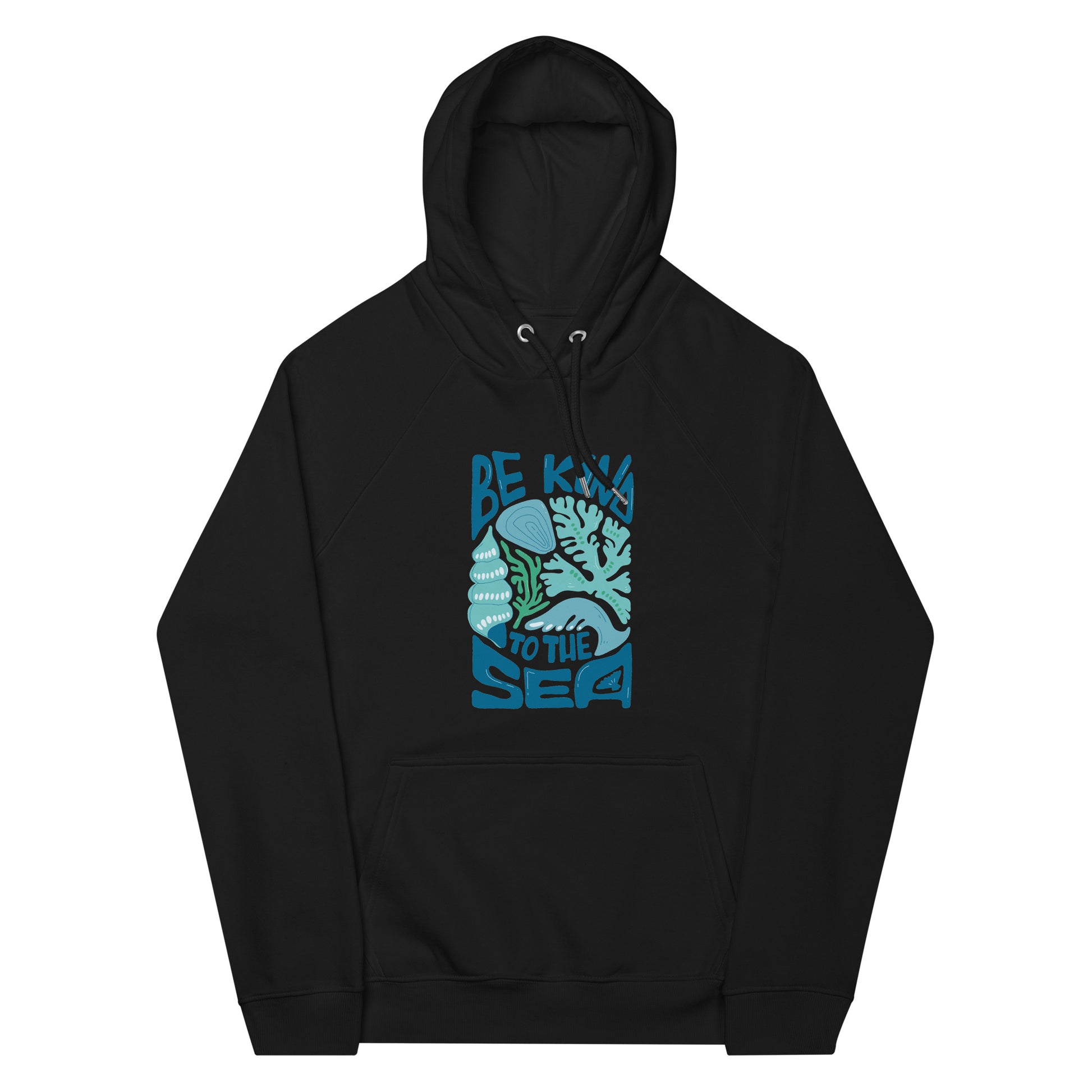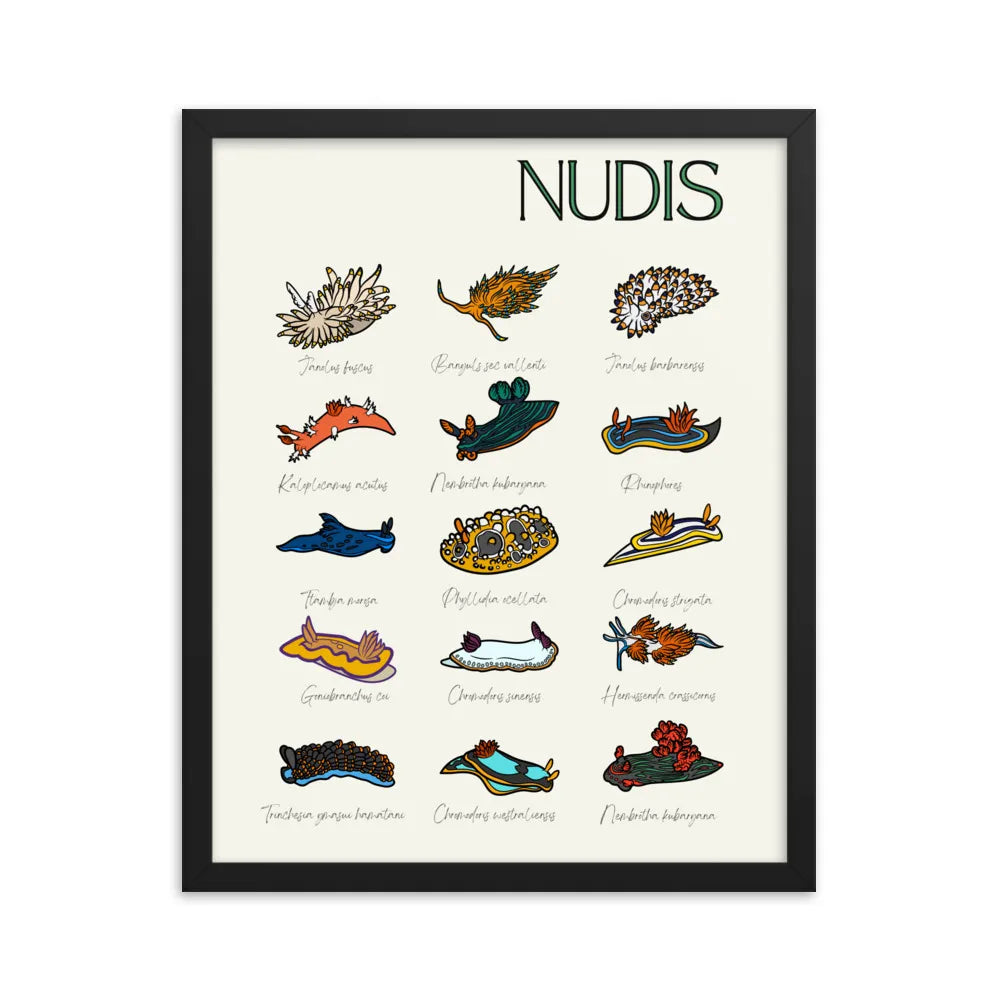The human body loses heat several times faster in the water than out of it. This is one of the main reasons why a wetsuit is almost always required when diving. Both being cold and being hot are particularly uncomfortable when we dive. They can turn what should be an enjoyable experience into an ordeal you want to end. It is very important that you know which wetsuit to buy and which one we should use at any given moment.
What are wetsuits?
Neoprene is a type of flexible synthetic rubber invented in 1930 that has excellent insulating properties. In our case, scuba diving, the millions of gas bubbles (usually nitrogen) that this fabric contains allow the diver's skin to be insulated from the water circulating around it. This reduces the rate at which the water "steals" heat from the body. This allows us to stay underwater longer without getting too cold. The wetsuit makes it possible to dive in cold water.
But as we already know, the deeper we go, the more the air is compressed. The same thing will happen to the gas bubbles it holds, so it provides less insulation because there is less separation between the skin and the water. Something to consider when choosing a wetsuit. Other aspects that will determine how much body heat we lose are the thickness of the suit, the quality of the closures, or how well or poorly the suit fits. All of these will cause more or less water to enter and more or less heat to be retained.
T-shirts designed by divers for divers
VIEW MORE T-SHIRTS FOR DIVERS
The wetsuit also protects us from chafing, impact, accidental contact with rocks and even wildlife (i.e. it protects us from being injured by rocks, a fire coral or a jellyfish).
What types of wetsuits are available?
Wetsuits are classified according to the temperature in which we will be diving, which determines the type of suit to buy and its thickness. Each manufacturer uses different fibers and qualities in the manufacture of the suit, gluing and sealing of zippers, technology in the design of seals for water entry.
There are many factors that determine its quality and price. As if that were not enough, elements are added to the suits that allow greater flexibility in different areas. Reinforcements in areas such as the knees and elbows, reflective materials for night dives, hoods or zippers in different places are all included in the suits. In fact, choosing a wetsuit is not an easy task and it is necessary to try on several until you find your suit, just as it is with diving masks.
Shorty
These suits are used in very warm water, between 20ºC and 30ºC. These suits leave the legs and arms uncovered (although some shortys cover the arms but not the legs) and their purpose is to keep the stomach and chest warm. They also do a very important job of protecting against chafing and impact from the tank, jacket or weights. Since they are for warm water, their thickness varies between 1 mm and 4 mm and they are often used for snorkeling.
 |
 |
| Scubapro Oneflex Shorty |
Aqualung Shorty Hydroflex |
5 mm or 7 mm full wetsuit
These are the suits that we all associate with the image of a diving wetsuit. They are garments that cover the whole body (including legs and arms) and are used for water temperatures between 12ºC and 20ºC, although it is true that it is very likely that you will be cold below 15ºC with a cheap or poor quality wetsuit. These suits are manufactured in 5mm and 7mm thickness, the 7mm being suitable for below 15ºC, and in many cases the latter are equipped with hoods. If you are cold, this can be a good option.
Hoodies Designed for the Deck of Your Liveaboard
SEE MORE SWEATSHIRTS FOR DIVERS
As with everything related to diving equipment, the choice depends on your economy and if you plan to dive a lot, but cheap wetsuits usually end up being expensive, you will be cold and you will not feel comfortable. It may seem like a lot of money, but from €250 you can find excellent wetsuits that will last for years with proper maintenance.
 |
 |
| Scubapro Definition 5 mm |
Beuchat Focea Comfort 6 7 mm |
Semi-dry between 5 mm and 7 mm
Semi-dry suits are used when the water temperature drops below 15 degrees. Depending on the value and quality of the suit, you can get down to 8 or 10 degrees. The difference with a wet suit is that water entry is minimal or nonexistent, as they have more watertight closures for the hands, feet and back. Of course, out of the water we will be much warmer than in a wetsuit.
This is where the price starts to rise, as the quality of zippers and materials is much higher. The best thing to do is to go to a store and try on several, sweat (make the salesman sweat). Stay with the one that feels best, that you are comfortable with, and then buy it where you find the best prices, either online or in a physical store. We are talking about suits from 300 € and should not be mistaken and look for the best possible discounts.
 |
 |
| Aqualung Iceland Comfort 7 mm |
Cressi Woman Fast 7 mm |
Dry suits
The big difference between a dry suit and a wet suit is that a dry suit does not allow water to enter the suit as it maintains total insulation. These suits are used for immersions in very cold water, below 12ºC. Also for deep dives from 30 meters. As we have already mentioned, the neoprene suits lose a large part of their insulating capacity and the temperature is lower. However, since they do not stick to the body, they allow you to wear thermal clothing under the suit.
The drysuit is equipped with valves that allow air to enter or exit the suit and your own body to heat up. These suits are only recommended for experienced divers. They are for divers who know how to properly control their buoyancy, as you will be removing and adding air to the suit while diving, which will greatly affect your buoyancy.
The Best Gifts for Divers - Worldwide Shipping!
SEE MORE GIFTS FOR DIVERS
It is an expensive investment and in many cases it is recommended to take a course costing around 200 € to learn how to use it. You can also do a few simple shallow dives with a buddy who has experience with this type of suit and try it out. As with the rest of the suits, there are different materials, fibers and qualities with which these suits are made that influence their price.
 |
 |
| Mares Dry Suit with boots XR3 |
Seac Warm Dry |
Every time you make a purchase through some links added to the text, we receive a commission thanks to affiliate agreements.



























